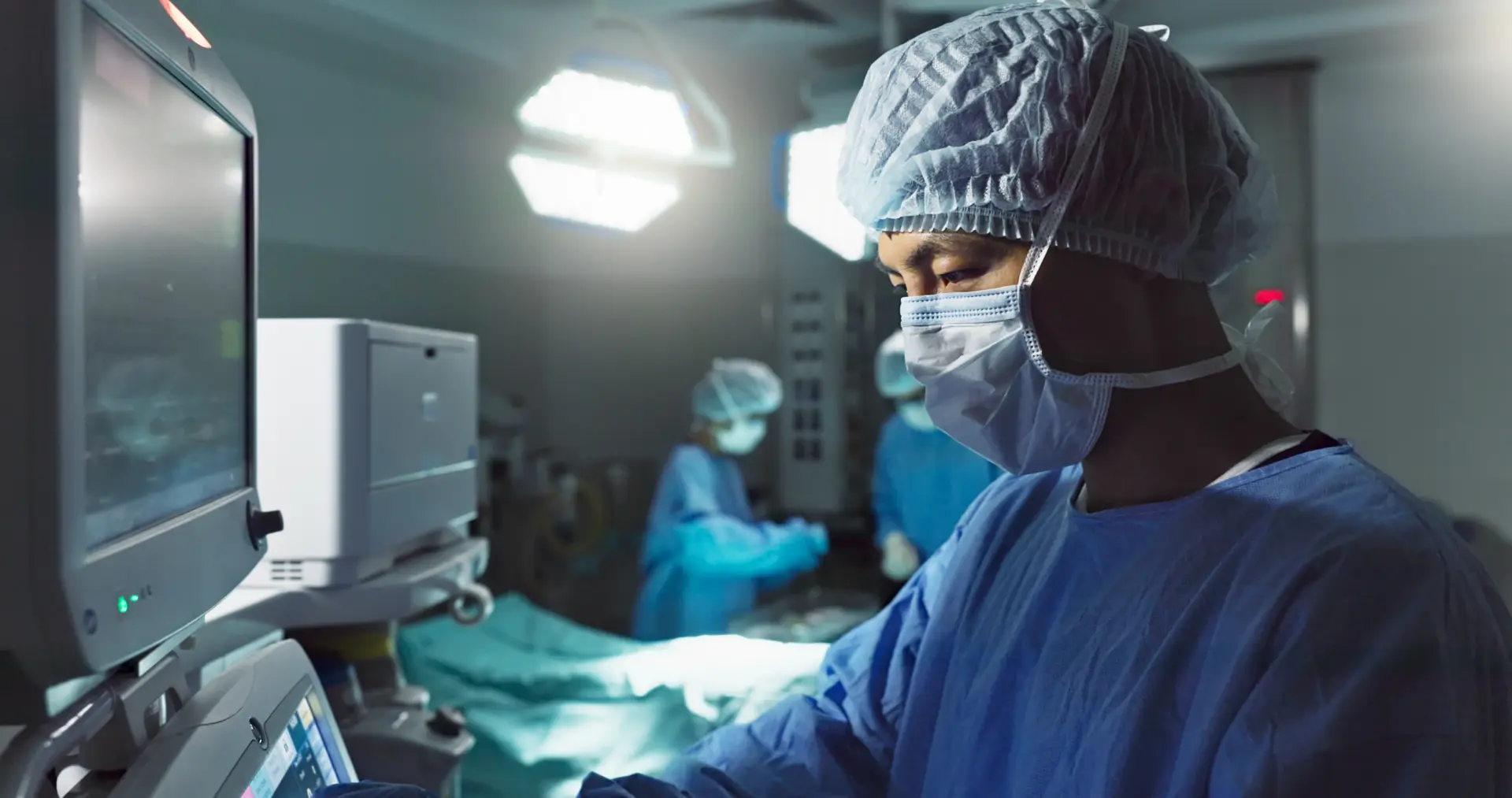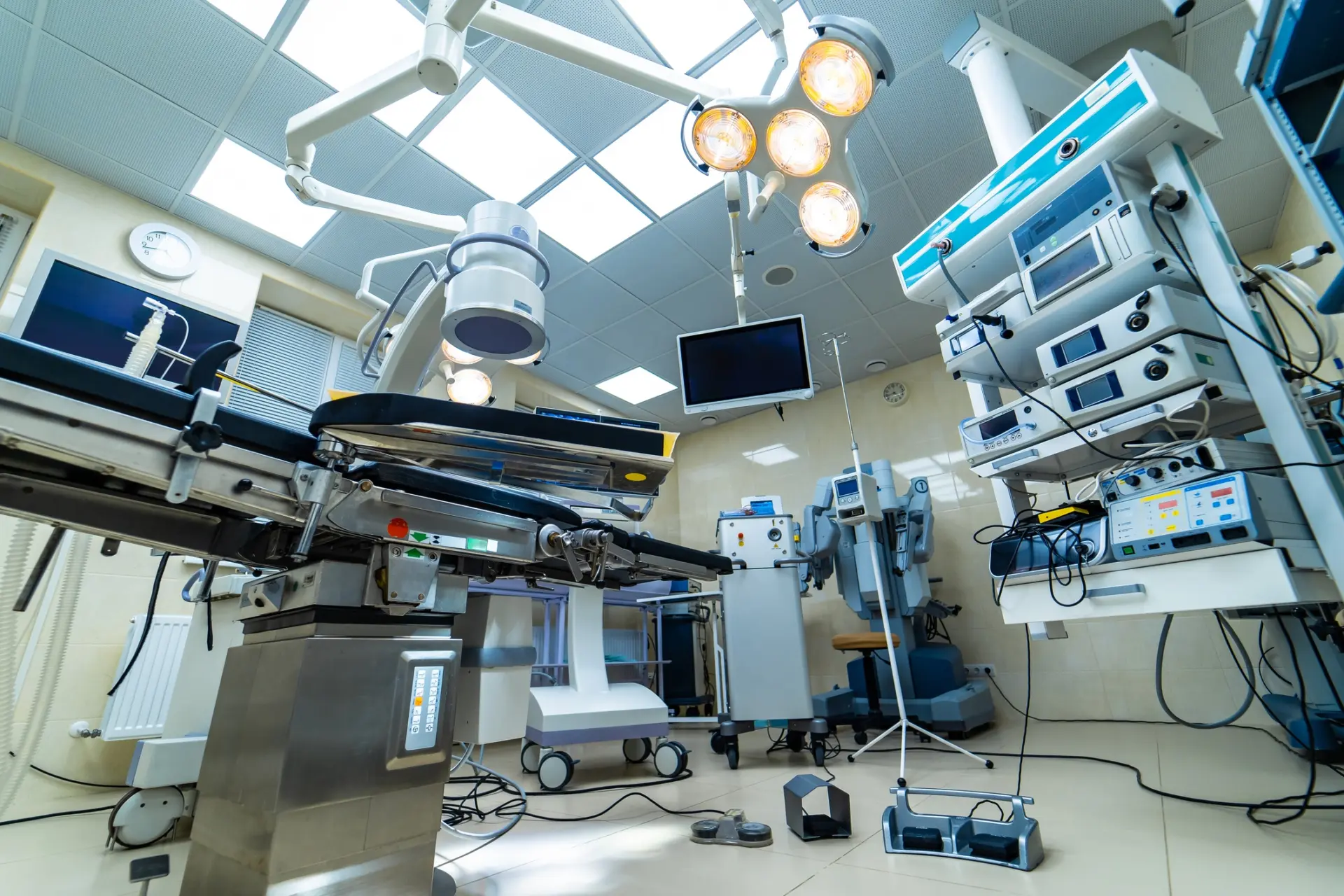by admin
Share
by admin
Share

Certified Registered Nurse Anesthetists (CRNAs) play a critical role in the delivery of safe and effective anesthesia. Managing risk and ensuring patient safety are at the heart of their practice. However, the field of anesthesia presents unique challenges that require advanced knowledge, quick decision making, and exceptional communication skills. Here, we’ll explore how CRNAs navigate these challenges to maintain patient safety while delivery top-quality care.
The Complexity of Anesthesia
Administering anesthesia is far more than causing patients to fall asleep. It involves specialized care for individual needs, monitoring vital signs, and making real-time adjustments to ensure a patient’s stability. The margin for error is small, and complications can arise unexpectedly. Factors such as underlying medical conditions, allergies, or emergency situations add layers of complexity to an already demanding role.
CRNAs are trained to anticipate these challenges and respond proactively. They use evidence-based practices, thorough patient assessments, and advanced monitoring technologies to mitigate risks before and during procedures.
Managing Risk with Precision
One of the most significant risks in anesthesia is adverse reactions like allergic responses or sudden changes in blood pressure. CRNAs rely on comprehensive preoperative evaluations to identify potential risks. These evaluations include reviewing medical histories, medications, and laboratory results to create a personalized anesthesia plan.
During procedures, CRNAs monitor patients continuously using cutting-edge equipment that tracks oxygen levels, heart rate, and other vital signs. This allows them to detect and address issues within seconds, minimizing the likelihood of complications.
Effective Communication as a Safety Tool
Anesthesia care doesn’t happen in isolation. CRNAs work closely with surgeons, nurses, and other healthcare professionals to ensure seamless collaboration. Clear communication is vital, especially during emergencies. For example, if unexpected changes occur during surgery, the CRNAS must swiftly relay critical information and coordinate with the surgical team to stabilize the patient.
Preoperative communication with patients is equally important. By explaining the anesthesia process, discussing risks, and addressing concerns, CRNAs help alleviate anxiety and foster trust. This transparency contributes to smoother procedures and better outcomes.
Adapting to Emerging Challenges
Healthcare is ever-evolving, and CRNAs face new challenges as advancements in technology and surgical techniques emerge. The rise of outpatient surgeries and minimally invasive procedures has increased the demand for precise, efficient anesthesia care. Additionally, the opioid crisis has prompted a shift toward alternative pain management strategies, requiring CRNAs to stay current with non-opioid anesthesia techniques.
Continuing education is essential for CRNAs to maintain their expertise. By attending workshops, earning certifications, and staying informed about the latest research, they remain well-equipped to adapt with the changing landscape of anesthesia care.
Grasshopper Anesthesia: Supporting CRNAs in Excellence
At Grasshopper Anesthesia, we understand the challenges that CRNAs face and provide the tools and resources they need to excel. Our flexible schedules — free of on-call, weekend, or holiday requirements — allow our CRNAs to focus on patient care without the added stress of an overextended schedule. Contact us today to discuss joining a team that focuses on skill, dedication, and compassion, while prioritizing a healthy home and work life balance.
Anesthesiology is a cornerstone of modern medicine, with technological innovations continually pushing the boundaries of what is possible. For Certified Registered Nurse Anesthetists (CRNAs), evolving and adapting along with these advancements is essential for delivering safe and effective care. From enhanced patient monitoring to cutting-edge drug delivery systems, these advancements in anesthesia technology are how

